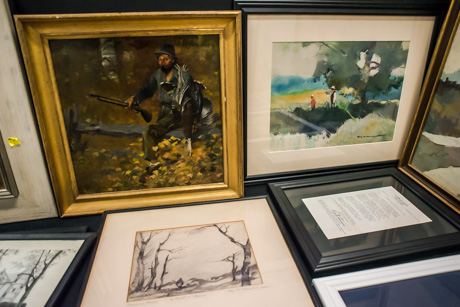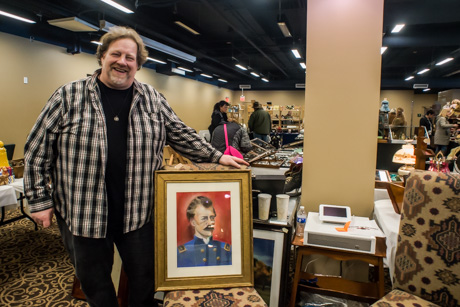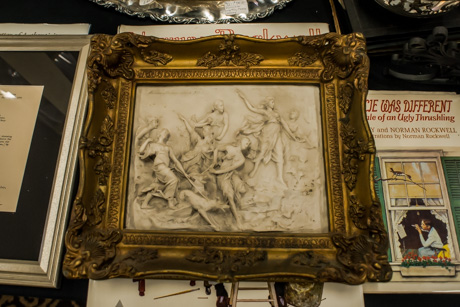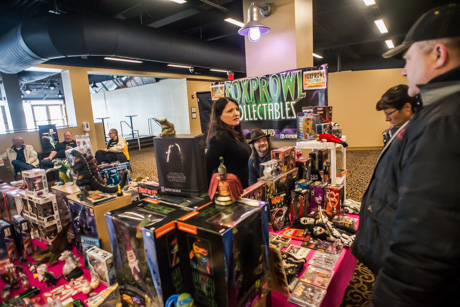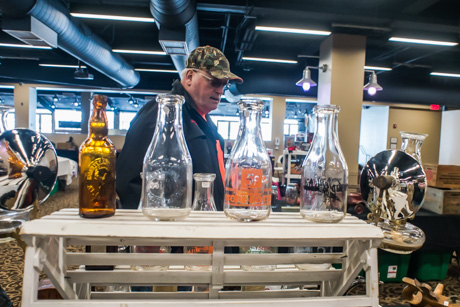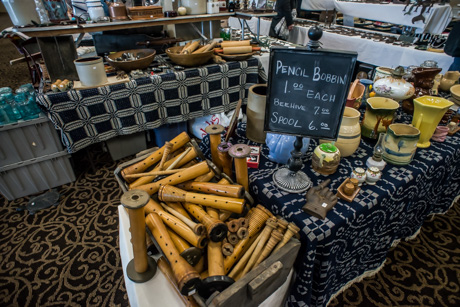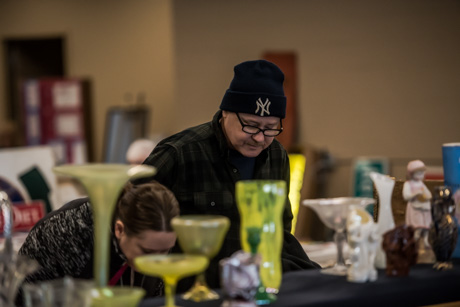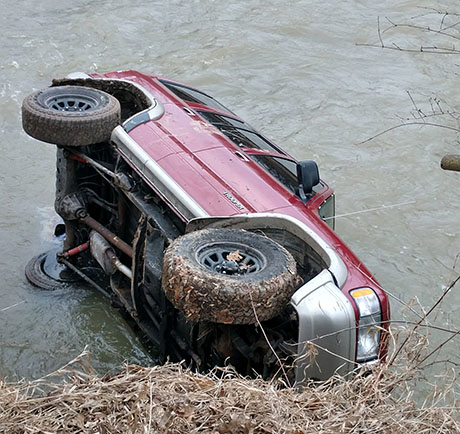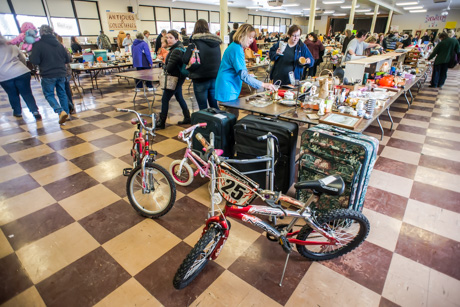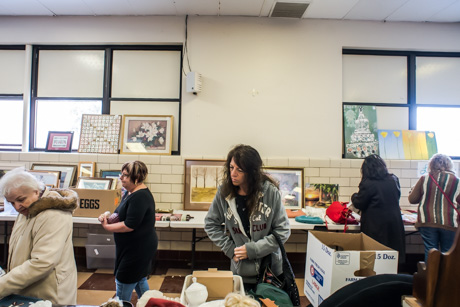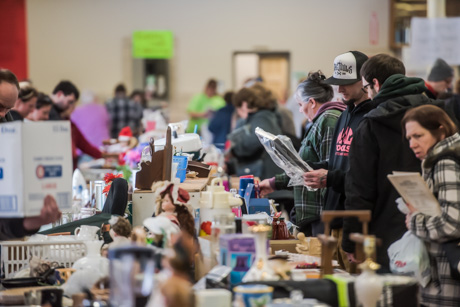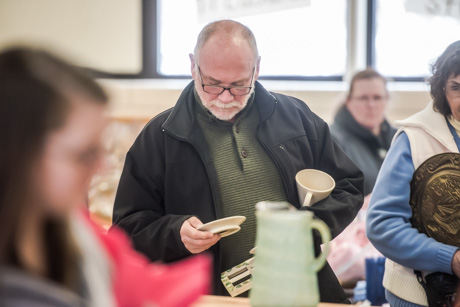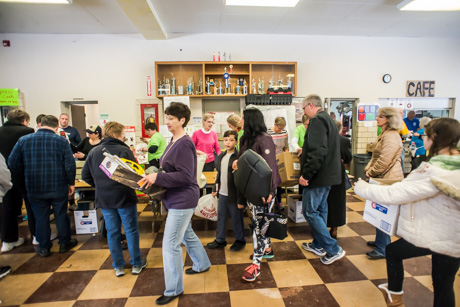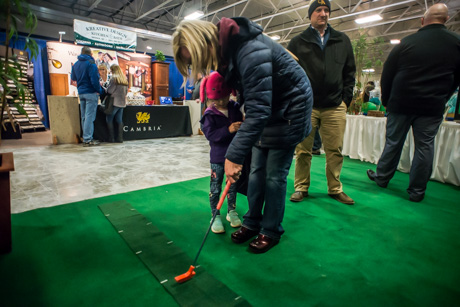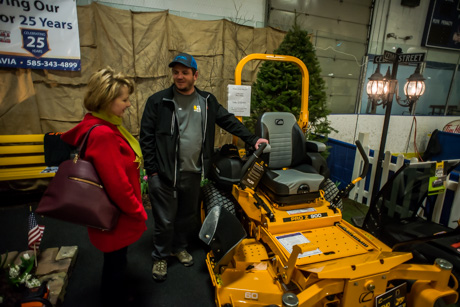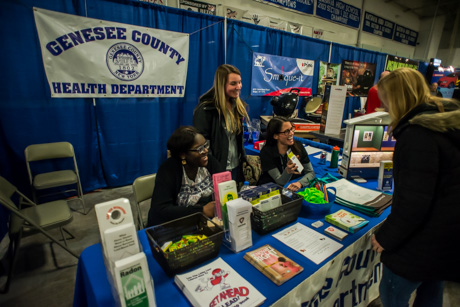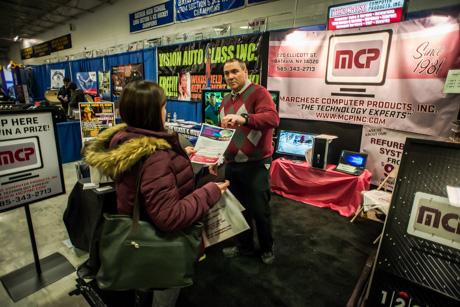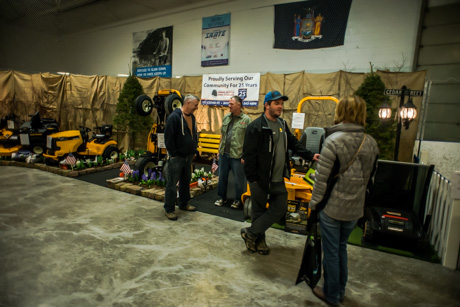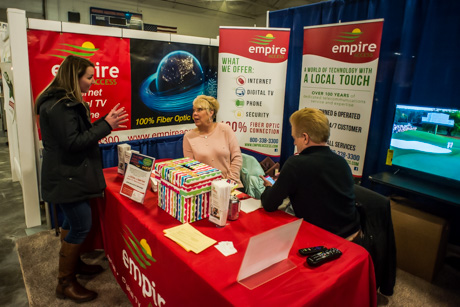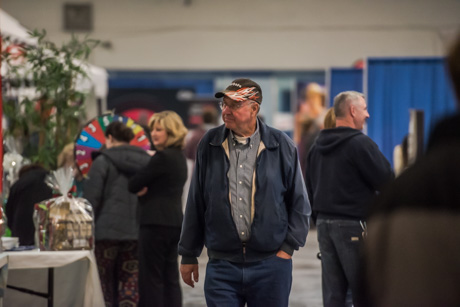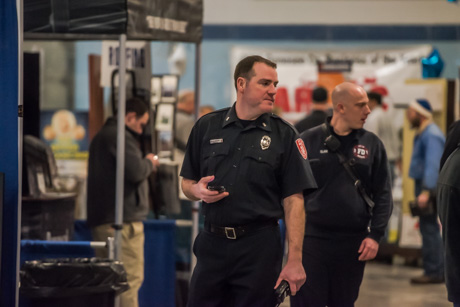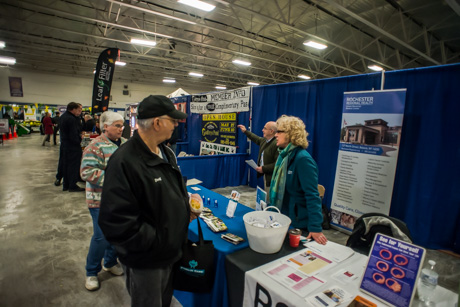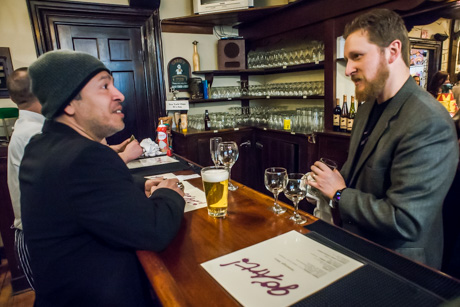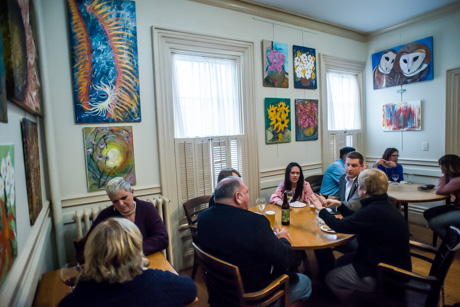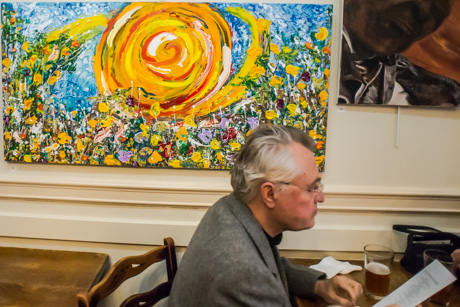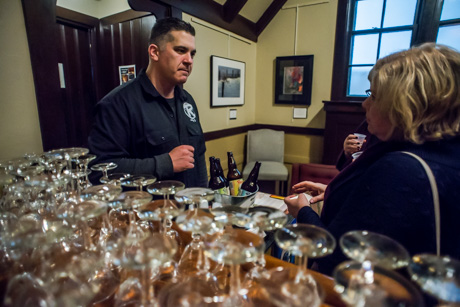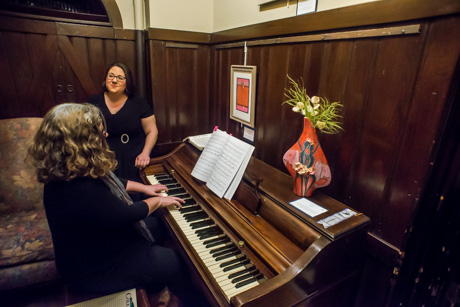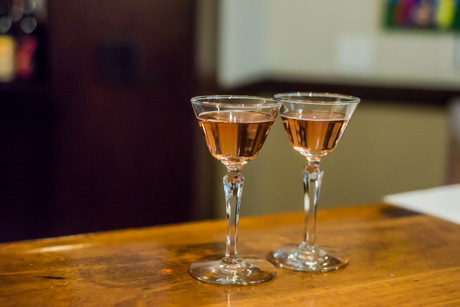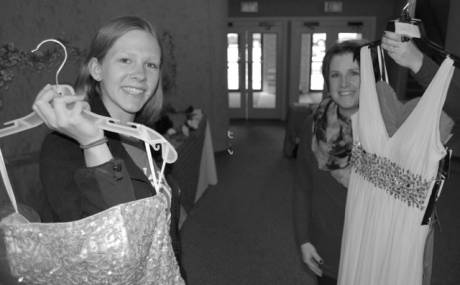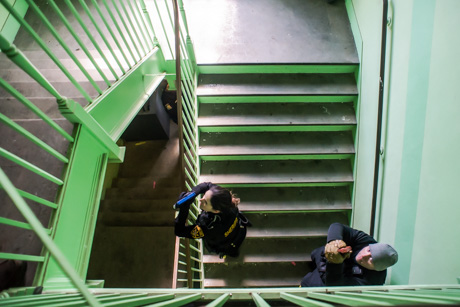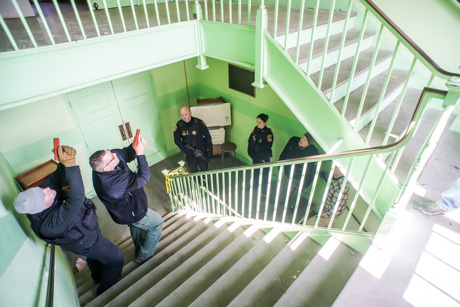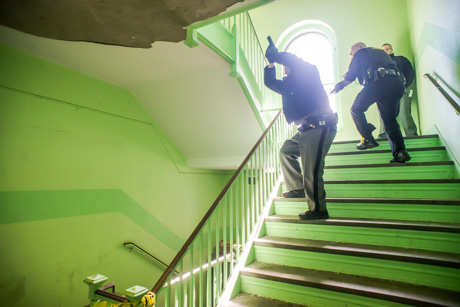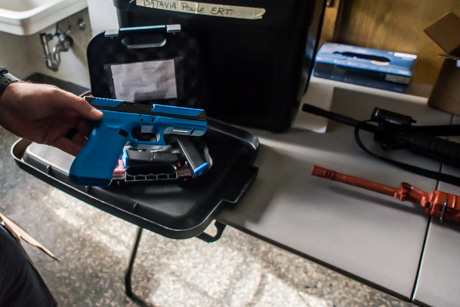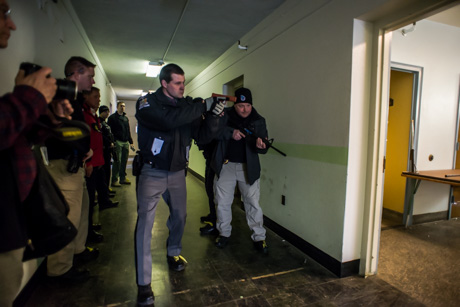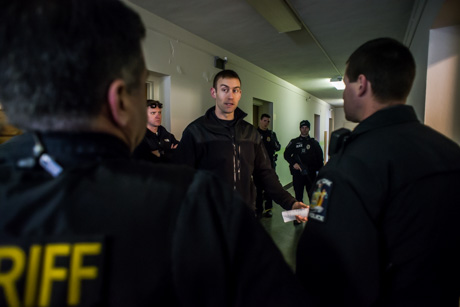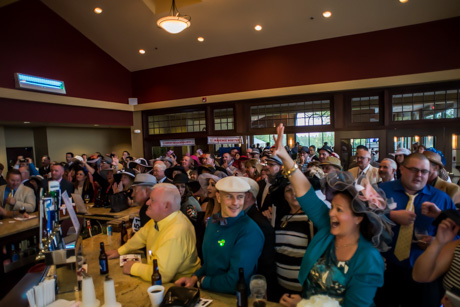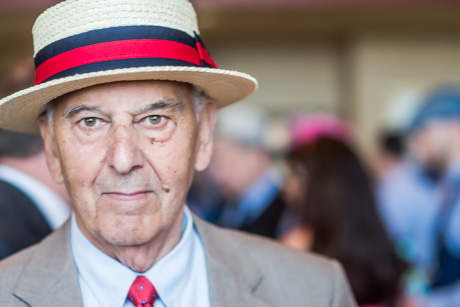Dealing with active threats is the focus of two weeks of training hosted by Batavia PD in a vacant building at the NYS School for the Blind.
Officers from Batavia PD, the Sheriff's Office, State Police, and Probation are participating.
It's unfortunate, said Chief Shawn Heubusch, that these days, officers have to be ever ready, either on their own or as part of a team, to deal with somebody who is threatening the lives of other people.
"We learned a lot from the situation at Columbine," Heubusch said. "It used to be, surround, create a perimeter, wait for the cavalry to arrive, and then go in. That is no longer the norm. If there is an active shooter or active threat going on, you may be the first officer there, you may be the only officer there, but you’re going in and you’re going to take care of that threat to the best of your ability.
"That thinking has changed dramatically from the early or late '90s when these situations, unfortunately, became more prevalent."
The purpose of multi-agency training is to ensure all officers who respond to an active threat situation have gone through the same training because in a small county where law enforcement resources are limited, officers from agencies will be working together.
"We’re not a big huge department," Heubusch said. "We don’t have a 100 cops on the force. We don’t have 50 cops on the street at any given time. There may not be even 50 officers in the county, or less than that, at any given time, so you’re going to get what shows up."
In the training scenarios, officers from different agencies are working side by side as much as possible so they're learning the same tactics at the same pace.
"You just never know who is going to be available in a given situation and you’ve got to be familiar with tactics and on the same page," said Officer Marc Lawrence.
The training consists of classroom instruction followed by walk-throughs of techniques using simulated weapons and then "force-on-force" training, where offices are using weapons with clips filled with paintballs.
That's perhaps the most valuable training both Heubusch and Lawrence said and something officers don't get often through the normal course of training.
"When you go through the academy or you go to the range, it’s kind of a static environment," Heubusch said. "You’re shooting for the seven-yard line or the 15-yard line or something like that. This puts you in a real-life scenario situation where your energy is up, your adrenaline might be pumping a little bit. (Force-on-force) gives you more of a real-life look at things."
There's a price to pay, which keeps you on an edge, when there are real projectiles flying, Lawrence said.
"You may get shot with a simulation round," Lawrence said. "They hurt. They leave welts. And you get shot if you don’t do your job as a police officer. If you don’t clear a room properly, you may get shot."


